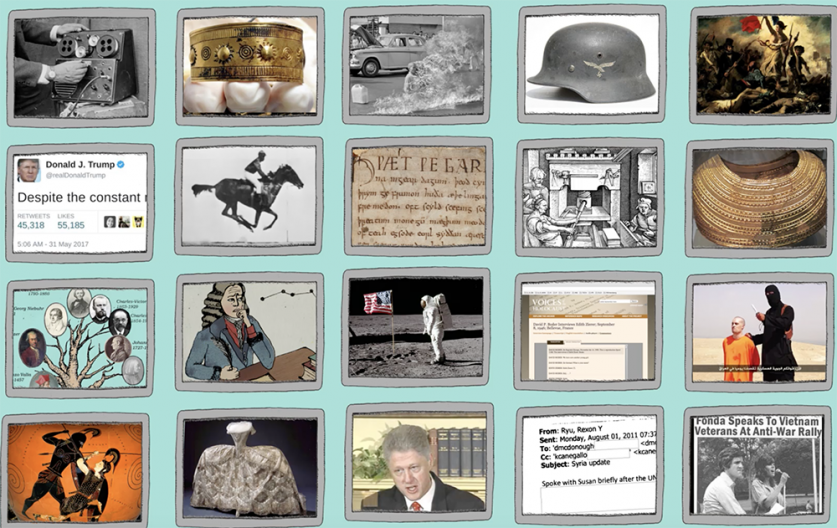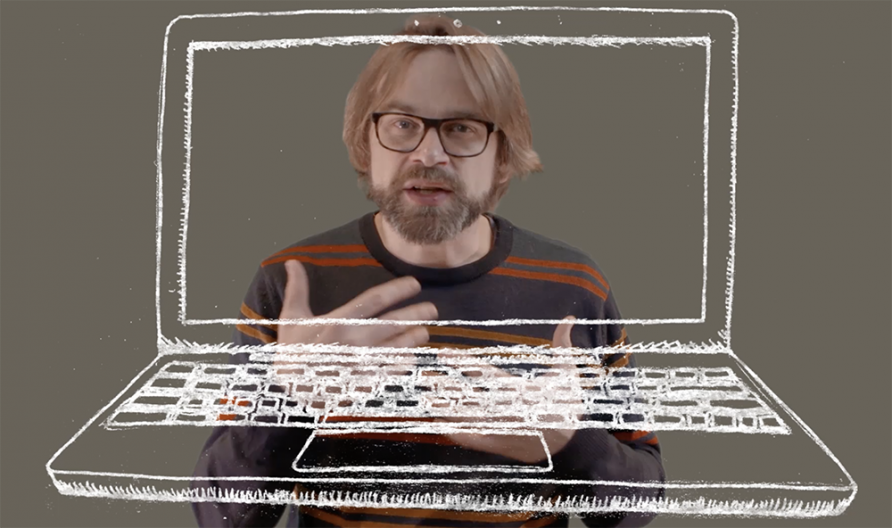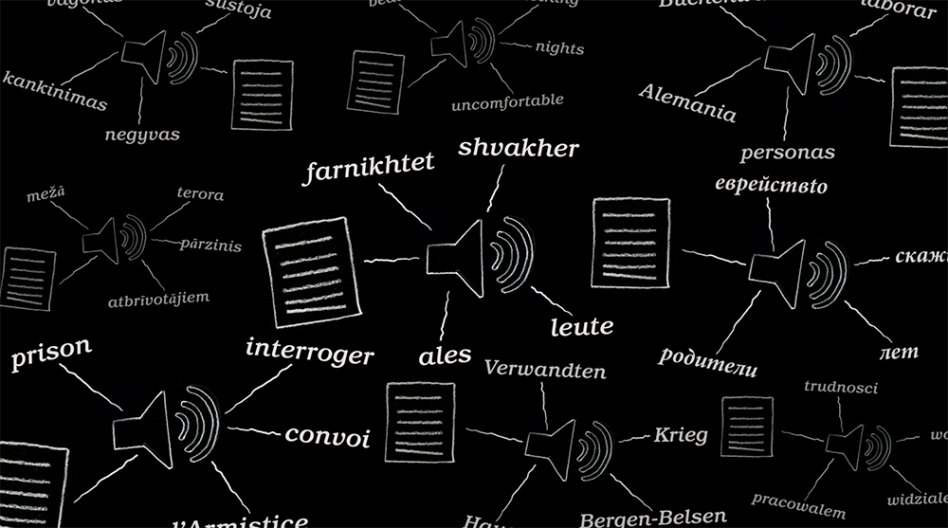The pervasiveness of digital technology in student's learning environments is rarely called into question. This is surprising when considering the crucial role of source criticism in the realm of the humanities. When looking at how the transition from analogue to digital has impacted research practices and made us increasingly dependent on search engines, it is clear that we are in need of a new approach to source criticism. Despite being digital natives, students, and sometimes also their lecturers, are in need of new skills. Their traditional academic training geared at teaching them to think and read critically, has to be complemented with basic technical and mathematical understandings of digital phenomena. They must be encouraged to reflect on how what they see on their screen or tablet has been created, and to question the search results of their queries on Google.
It was this concern that drove director of the C²DH, Andreas Fickers in 2014, to envision an open source teaching platform for students with lessons on this subject. Stefania Scagliola took up the task in June 2014, formed a team, and the result is the website Ranke.2 – Source Criticism in the Digital Age - launched during the conference Digital Hermeneutics and in Theory and Practice on the 25 October 2018 in Belval. Ranke.2 is a colorful and playful web resource for lecturers and students that offers lessons on digital source criticism covering different data types. To ensure maximum accessibility different levels of complexity and time effort are offered. The module SMALL consists of a short animation with a quiz for lecturers who have little time, MEDIUM offers a series of assignments to choose from, and LARGE is for the digital savvy lecturers with enough time and the right logistics to embark on a project with students. No software to download, no account needed, no permission to ask, anyone can surf to the website, watch the animations, and complete the quiz and assignments. These can also be downloaded as pdfs, just as the answer templates that match the structure and logic of the assignments.
The name Ranke.2 is a wink to good old Leopold von Ranke, the German 19th century historian who is generally seen as the father of source criticism, but who is slightly debunked in one of the animations, in favor of many of his less known fellow historians. In the good Luxemburgisch tradition of multilingualism, the website is also offered in a German and French version. Ranke.2 is by far not completed, and the team is open to collaboration with kindred spirits! So surf, learn and enjoy!








